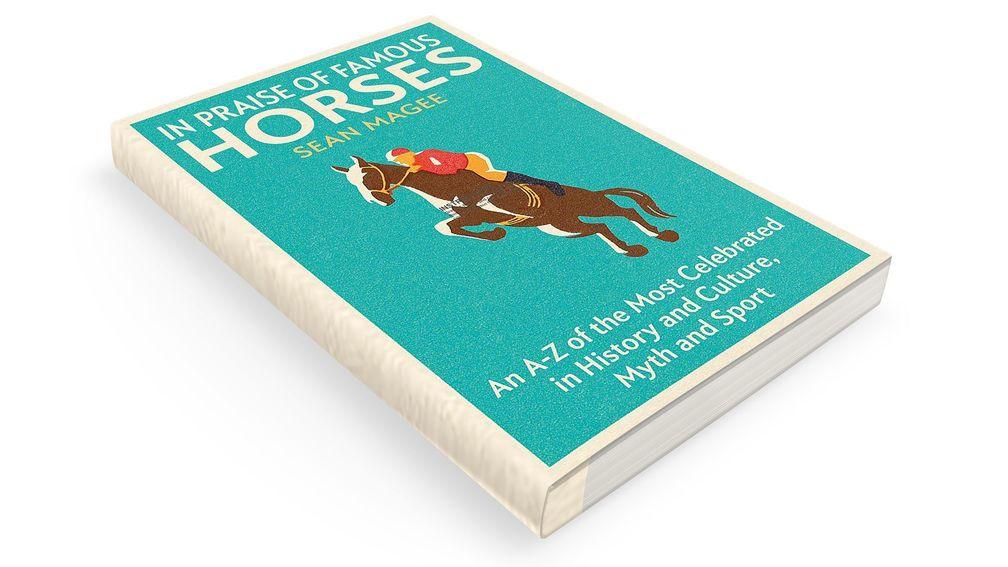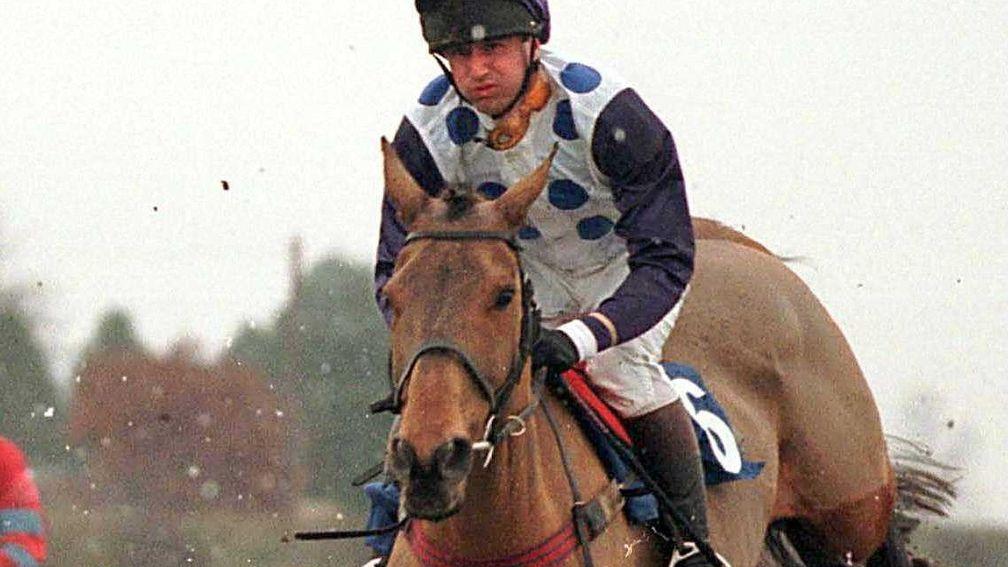'Many books have been written about famous horses but none like this'

In Praise of Famous Horses: An A-Z of the Most Celebrated in History and Culture, Myth and Sport by Sean Magee, published by Weidenfeld & Nicolson, £16.99 (hardback), £8.99 (ebook), £19.99 (audio)
If you visit Deene Park in Northamptonshire you will be able to see Ronald’s head. It’s stuffed and sits in a glass case. Ronald was, perhaps for the best, a horse rather than a human, and a notable one.
In 1854, during the Crimean War’s Battle of Balaclava, Ronald carried the 7th Earl of Cardigan at the head of the Charge of the Light Brigade. Ronald and Cardigan were lucky to survive the carnage, allowing Ronald to enjoy a leisurely retirement at Cardigan’s Deene Park estate and to live long enough to lead the Earl’s funeral procession in 1868.
Sean Magee’s latest book is awash with such nuggets and, although champion racehorses are given due attention, so too are horses famous or infamous for many other reasons. Magee signals pleasures to come when, in the preface, he explains: “From DH Lawrence’s horse Aaron, whose hide was posthumously recycled as a duffel bag, to Zippy Chippy, fabled American loser who became a national celebrity, each of the horses featured in this book has a claim to fame.”
The author’s love of horses and of the tales they have created illuminates this idiosyncratic, distinctly personal collection. Readers, of whom there deserve to be many, will have a lot of pleasures to choose from.
In the Bs alone there is Boxer, the loyal, hard-working giant carthorse in George Orwell’s Animal Farm, and Burmese, who carried the Queen at the Trooping of the Colour ceremony from 1969 to 1986.
If you didn’t know already that for many years from 1989 the rearing black horse that was the symbol of Lloyds Bank was Cancara, or that Copenhagen, having carried the Duke of Wellington for a 17-hour day at the Battle of Waterloo, welcomed his dismount by aiming a fierce kick at the conquering Duke’s head – then you will know after reading the Cs.
The choice is wide, horses real and imagined, able and unable, among the latter Rossa Prince and Mister Chippendale, who, with the help of their point-to-point riders, managed to lose walkovers. It was proof that horses are capable, or incapable, of almost anything, as also their riders.
The competition for the right to be acknowledged as the worst racehorse of all is a fierce one. Candidates such as Quixall Crossett and Zippy Chippy are duly included but even their dire records (respectively, 0 wins from 103 appearances between 1990 and 2001, and 0 wins from 100 appearances in the US between 1994 and 2004) lose lustre when compared with Elsich.

"The Arkle of awfulness," as Magee describes him, twice managed to fall twice in the same race. Unraced until a nine-year-old, in 1945, Elsich made up for lost time by running twice on the first raceday of his life, and falling in both races.
Falling was second nature to Elsich but he did sometimes complete the course and on two successive, glorious days at Ludlow, finished second and third – a distant second of two and distant third of three. Eventually the authorities refused to let him carry on, Elsich himself having refused on his latest appearance. He could not match some others for the number of successive defeats, boasting a record of only 0 from 50, but they did include 23 falls, five pulled-ups, and three ran outs or refusals. He earned a grand total of £35 in prize-money. Thankfully, it wouldn’t be allowed today.
Many books have been written about famous horses but none like this; a well-informed, enthusiastic, engagingly written and unusually wide-ranging work. It was written to celebrate horses famous for whatever reason and it succeeds wonderfully well.
Read more Sunday Reviews:
A jaw-dropping journey from the horrors of war to leading up Royal Ascot runners
Pain of Piggott and Nijinsky inspires Arc journey from Great War to Enable glory
Winx: an intriguing insight into one of racing's all-time greats
'I'll bloody show them' – inspirational tale of the jockey who defied paralysis
Frankel: an imaginating retelling of the legendary story
Published on 8 December 2020inFeatures
Last updated 09:54, 8 December 2020
- Government says it is working 'at pace' to have white paper measures in force by the summer
- 'The only thing you can do is lie fallow and regroup' - Meades to return with scaled-back operation following blank period
- The Gambling Commission has launched its new corporate strategy - but what are the key points?
- 'It was tragic it happened to Paddy but it was a good thing for the jockeys who followed - good came out of bad'
- Acquisitions, exits and retail resilience - what we learned from Flutter and 888's results
- Government says it is working 'at pace' to have white paper measures in force by the summer
- 'The only thing you can do is lie fallow and regroup' - Meades to return with scaled-back operation following blank period
- The Gambling Commission has launched its new corporate strategy - but what are the key points?
- 'It was tragic it happened to Paddy but it was a good thing for the jockeys who followed - good came out of bad'
- Acquisitions, exits and retail resilience - what we learned from Flutter and 888's results